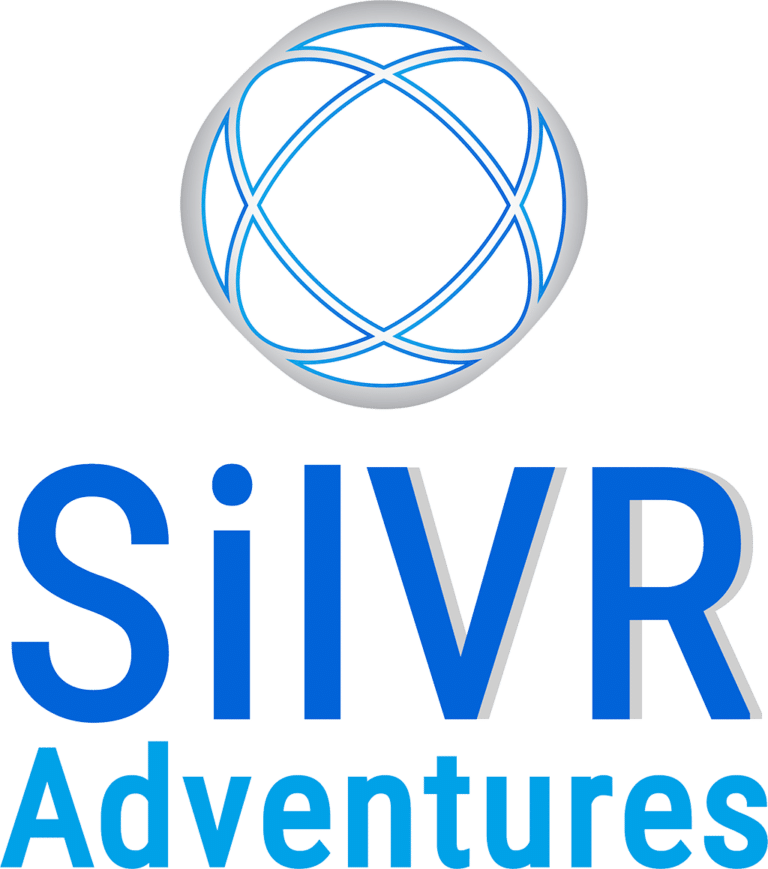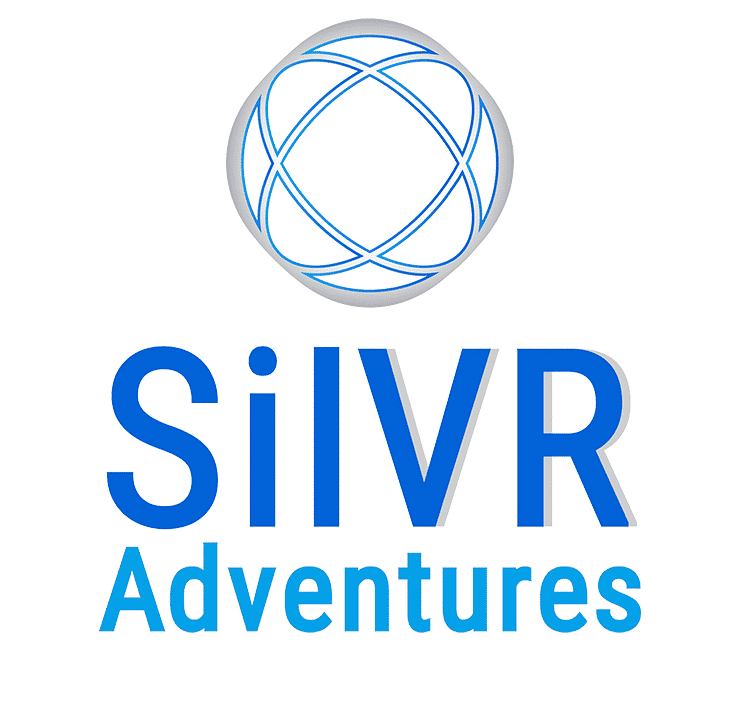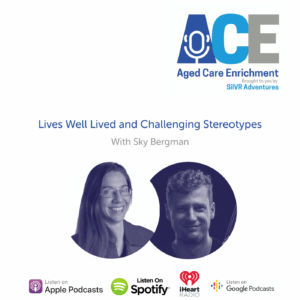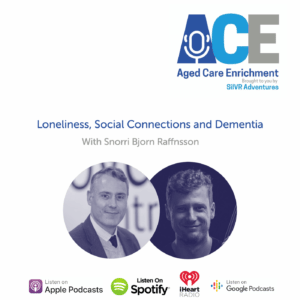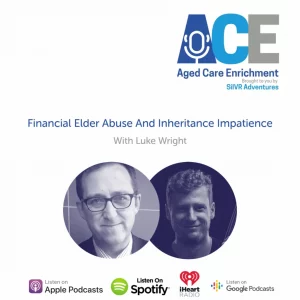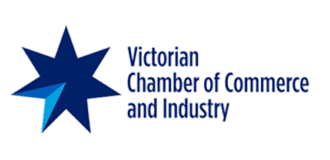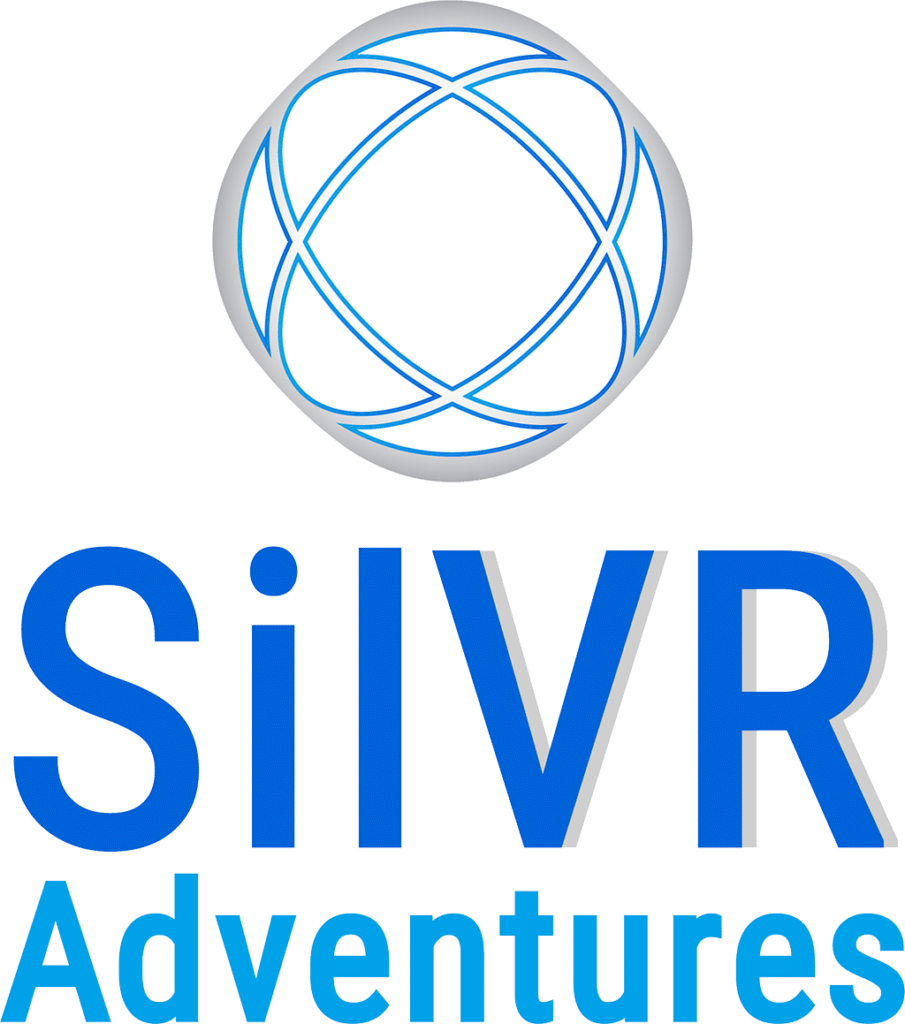Simon Heaysman is one half of the co-founding duo behind Hayylo, a young technology company that seeks to empower care recipients and their support network by simplifying communication between all parties of the care process.
Having come through the CareFactor Start-up Incubator Hayylo has undergone a period of rapid growth, and Simon and his co-founder Greg are now embracing the challenges and benefits of scale.
Through his experience in sales and customer experience Simon brings his passion for delivering engaging and intuitive products to aged care recipients. As you can hear in this episode he’s very candid about the challenges of bringing new technology to aged care, and is eager to help other companies hit the ground running.
Transcript
Ash de Neef: Awesome. Simon, thanks so much for joining us on the podcast.
Simon Heaysman: Thanks Ash. Great to be here.
Ash de Neef: Yeah, can we start – you’re actually a little bit like me in that you’re not from within the aged care sector. Your background is not within aged care and neither is mine. How did you end up here?
Simon Heaysman: By surprise, I think is probably the best way to talk about it. Both Greg and I, the two founders of Hayylo come from backgrounds around technology, contact centers – we both spent some time in contact centers. I’ve had a really strong focus over the years in customer experience, customer service, a little bit within the sales and marketing world as well.
I’m very much a generalist personally. Greg’s done a lot of work with a large technology infrastructure and contact centers and things like that. And, we both found ourselves, at a point where we reconnected. Greg and I have been friends for 22 odd years. It’s blurring a little bit these days, but we come from service industries, in technology.
And really, as we became closer to our midlife our parents were starting to navigate the care continuum for our grandparents at the time. Greg’s mom is one of 11, I think, or 12 brothers and sisters, three of which are nurses. My family at the time were very disconnected through geography around the time where our grandparents were coming into care.
I think Greg and I always knew we would do something together. We always had on plan that we would do some kind of a business together and the stars aligned so to speak where we started to work on iterating ideas around a business of some description.
And it just happened that our families were navigating that home care continuum, at the time that we started on this journey. And really started to see as our families went through the complexities of, home care for our loved ones, just really how disconnected things were for us as grandkids.
And for the family to be able to understand what was happening, being involved and really just have insight into what was happening day to day in the care environment, especially as grandkids that were disconnected that wanted to help. But maybe not have or maybe there’s a little bit of a barrier that’s put up by the parents or the families around not wanting to expose you to the things that are happening in a really complex situation.
Yeah, Greg and I got together and started working through this problem and reading the legislation and trying to understand this sector, this beast that is aged and community services and really it just happened. It wasn’t necessarily that we’d always envisioned that we would work in aged care. We joked that if someone said to the both of us that we’re working within this sector 10 years ago, we probably would have laughed them out of the room. But there was a great connection between our experiences in customer experience or customer service and technology. And, the two types of personalities that we have, we were able to come together to start to solve some of the problems.
Ash de Neef: Great. And I think that your experience is probably one that a lot of our listeners might’ve felt before. Can you hone in on what were the disconnects there when your grandparents were going into a care arrangement? What were the sorts of things that were missing?
Simon Heaysman: Yeah. So I think, from a recollection of Greg’s experience within it, his family where we’re very much managing the care between the family members themselves. So they were very involved in the care delivery and there was very much a breakdown within the family unit because of the lack of ability to hand off information between all of the people and make collective decisions between that family unit.
Within my experience, it was the fact that our families were disconnected by geography. My family were in the States in New York at the time. And we had family members spread out all over Australia. So as the care was being administered or as the care was being provided to our loved ones, we really found that accessing information, understanding what was happening on a day to day level who’s coming when. Being able to interact with the services that were being provided – there was no way to do that. Especially if you weren’t the direct contact, the care advocate or the family advocate that handles the management of the care for the family side.
Ash de Neef: Yeah. Fantastic. And I do want to get more into the nitty gritty of Hayylo in a little bit, but you mentioned that you’re coming from a tech background and coming into an industry that’s not known for being super tech savvy. What’s the experience been like bringing new technology into the aged care sector?
Simon Heaysman: Challenging. I only say that because I think being, self-proclaimed futurists at times, Greg and I came in with very lofty visions of a future that we could see. And the connectivity and enablement through technology that was possible. Possible for a future of care and health in general and wellbeing and all those kinds of things.
But when we did get into the nitty gritty as you were mentioning before, the realities of what was occurring was I think very different to the perceptions that we had. And it took a long time for us to really start to dig in and understand the realities of what was happening in the sector on a technological sense. So we could start to carve our way into it and solve some of the more immediate problems.
So in the early days, yeah we made all the mistakes. We did a talk at ITAC the year before last, I’ve lost track a little bit. We were talking really about all the problems – we made them and trying to solve all of the problems.
And to know where to hone our time or skills, was a really big challenge in the early days. You want to fix everything or change the sector and all of these kind of things, but there’s very rudimentary and fundamental things that need to happen first, to enable that.
Ash de Neef: Yeah, absolutely. And I imagine for myself and for I’m sure some people listening that a lot of the technical specifics will go over our heads, but I imagine that there’s a certain amount of integration with existing technology, that needs to be worked out. When you come in with a new product.
Simon Heaysman: Yeah, that’s a great insight because I think back around the journey and there’s these really kind of cornerstone moments, that have happened across the journey that you continually reflect on. And our focus on interoperability and integration as part of our technology suite really enabled us to grow and move quicker and connect into a system that or into the technology that is already in the sector. Because it’s been in the sector for a very long time.
And our understanding of the need to be added, to integrate and have everything talk to each other was just such a core learning for us and has really been the backbone of a lot of our success as a younger, quickly growing startup,
Ash de Neef: Yeah, I think technology is often, it’s got this kind of cold emotionless feel to it when you say that word. But really at it’s heart, it’s trying to achieve something. It’s trying to achieve a certain response or it’s trying to make people feel a certain way, whether that’s through alleviating certain things or making things more easy.
What is it that Hayylo was trying to do? What’s the emotional sort of response you’re trying to get out of people or that you’re trying to facilitate with the service?
Simon Heaysman: Yeah, I reflect on this quite a bit because emotions are an interesting thing where I think, it’s hard to quantify what any one person is feeling at any one time. Even for ourselves I think a lot of the time that gets quite convoluted.
But we’re trying create simplicity for people, we’re really trying to allow people to access the right information for them. So when we think about kind of the emotions behind our technology we want people to have ease and less anxiety and nearly an empowerment through the technology, by enabling the information that’s important to them.
I think there’s a lot of stress and anxiety generally in the sector on all parts. So if we can build technology that just enables people to self-actualize, to be able to see the things around them that are important to them they can in a sense balance their emotional states.
They’re able to come with a view, and really being able to have that reduced anxiety, and peace. I guess you would say.
Ash de Neef: Cool. One of my grandparents is receiving, she has a home care package at the moment and she’s getting different levels of support. What would it look like? Can you talk me through the Hayylo integration there? What would it mean for me? What would it mean for her, for the care team?
What exactly is Hayylo doing here?
Simon Heaysman: Yeah, for sure. I think when you think about the way care is delivered. There is a system of record or a CMS, in say clinical systems that are there in a finance system for the funding mechanisms and what have you. And all of those things have historically been held in the back office and in that back office and environment. And where Hayylo comes into play is we call it the last mile. Which is a new breed style of communication technology that enables the customer, the family, the support teams and that wider circle of care, the informal carers that you have around that customer.
And Hayylo is a platform that enables that data that’s held in the background to be exposed out to the client, to that circle of care, or the support workers and the families, so they can interact with those services.
Hayylo integrates into those systems of record, scheduling platforms, clinical platforms, whatever it might be to expose that information out to the client and to their family members. So they can start to interact with the services that are being delivered in a more meaningful way.
Ash de Neef: Great. Now you’re using words like expose and bring out. And that implied that this information has not been previously easily accessible. Do you ever get pushback from care providers or people working within industry that this information is better not shared with the families or the care recipients?
Simon Heaysman: Yes, I think it’s based on a lot of different things. In the early days I reflect on speaking to some providers just simply about opening up a concierge or self service capability where consumers could ask or clients could ask questions. And, there was nearly an apprehension to gain that live feedback.
And there’s a lot of reasons for that. Providers are very busy doing the day to day and trying to deliver services. So anything that adds complexity to that, or another question to answer, there’s an apprehension to it. I think there’s also an apprehension generally around just opening up to anybody at any time really. So having again, that feedback coming through.
On a technology level though, there’s also a lack of ability within the systems themselves to open up and expose that information to the clients or their family members. And that’s due to the fact that, those systems in some instances aren’t built around that.
There’s a lot of legacy systems that have been in place for 20 years across the sector. So providers have been, working on the data, and updating things within those systems over and over again. So they’re not ready. The data is not ready to be exposed and transformed into a digestible format for people to actually integrate and interact with.
So there’s levels to it. Yes. There’s definitely an apprehension of opening up the kimono, to people because they will see what’s occurring. But there’s also an apprehension or an ability to actually even open up that data, or that information out to the community,
Ash de Neef: Who do you guys look to when you need more relevant information relating to the aged care sector who’s your guide?
Simon Heaysman: Well, we are in a very fortunate position where we have a growing number of elderly and disabled end users on our platform. We have customer service officers and schedulers and executive team members that we can talk to and a growing list of providers across all different business lines from home care.
We’re a very home care focused organization, but work across independent living and residential facilities. Our go to is always our customers, and then therefore their customers. Our ability to be able to carve away some of the assumptions and really do that deep learning directly with the customer is really where we find most of our knowledge. It’s that constant iterations, understanding pain points and what the experience is for all of the different users on our platform.
But I think from a very early stage in our evolution, we also understood that it’s a sector that is very connected to itself in a sense. So we also rely very heavily on the industry bodies – we’re members of ACSA and LASA and we stay very close to the sector as far as those kinds of organizations are concerned.
We’re very active with conferences and, being where the intersection of awareness or attention is. We’re constantly trying to, not only look in our own neighborhoods, as far as what’s happening within Australia, but also looking around the world where some other countries. Say, for example, the UK who have been investing quite heavily into technology for many years now.
We’re able to look at some of those other geographies to bring in insight as well? So customers, the sector obviously, internationally, but then also we looked to peripheral sectors as well to bring in new insight and new understandings things that we can do to affect change.
Ash de Neef: Yeah. Fantastic. And can we change tack a little bit here? Something that I noticed when I was doing a bit of digging for this interview is that both you and Greg, you’re talking a lot about wellness online, and this is something that maybe is closely associated with what you guys are doing. Why the focus on wellness?
Simon Heaysman: Yeah, I think a few things, wellness as a concept is being spoken about – sometimes it’s a little bit of a buzzword. We’re hearing it through the Royal commission we’ve been obviously when you look at the aged care quality standards, there’s very much a lot of alignment to well being and wellness and the individual.
And you look at the rise of consumer directed care. And the philosophy behind those things are all about well being. What is health for the individual, and how can we start to align the services that are delivered to them around their specific needs?
And wellness really is more of a holistic, or a way for me anyway, to encapsulate a wider view of health, not just the clinical side or the diagnosis and health outcome side or the service delivery side. But how can we create more of a holistic view or 360 view of the customer themselves.
We’re seeing amazing science now around the rise of the understanding that the emotional, mental, even spiritual health can have on physical health. And when we look at the downstream effects that can have, when people start to take more accountability over their own age, self agency in their own health and that they can start to affect, their outputs, their life, their health.
And so the focus on the well being for us, is really about that enablement of truly understanding the customer or the end user in our case. And being able to gain that insight into what health means for them, because health is subjective to everybody.
There’s obviously good health, and what have you, but well being is around really understanding how someone perceives health and how perceives themselves.
And it’s, I think just a wider way of viewing something that, generally speaking, is very much focused on diagnosis. On an outcome or a health outcome. And wellness is really a way to maybe open the perception of that a little bit more so we can truly understand, what’s occurring for the individual.
Ash de Neef: Yeah. Regardless it’s great. Getting a bigger picture of the end user as a whole. But it’s also, it’s part of a movement to raise awareness of these ideas. Do you feel like new startups or new companies in a space have a responsibility to take on some of the issues that are inherent in the industry?
Simon Heaysman: Look, I think each organization has their own focuses. And I think, if they’re aligned to those things. At Hayylo, I know for Greg and I, as co-founders, well being and, mental health and wellness have been things that have become much more apparent for ourselves as middle-aged people navigating the world.
So we have an affinity to it. So we want to bring those conversations in because it’s personal to us and personal to our families. So we’re very much aligned to it. Whether a younger company necessarily has a responsibility to do it, i’m not sure.
But I think it’s more so about whether those things are resonating for the goal or the problem that you’re trying to solve. And being quite focused on overcoming that.
Ash de Neef: Yeah, throughout this journey, coming into the age care sector, you guys have been learning a lot. You said you’re making lots of different mistakes at the start. If you were to come into it again and to start over, or if somebody is listening, who might be trying to bring their own company into this space – what would you do differently this time?
Simon Heaysman: Everything. No I think in saying this though. We did spend a lot of time in the early days just investigating, just asking questions and trying to learn. And I know in the early days I think I got on the phone and called maybe 400, 500 care providers trying to understand where there might be an opportunity to build something or create a value proposition or understand the problems that were occurring.
I think in reflection, we probably would have spent more time test and learning. I think if we went with the lean startup principles a little bit earlier in the piece, around, quick iteration and quick learning cycles around things we probably would have been able to get closer to the problems that we’re solving today earlier in the piece.
And that would have been good for everybody. The company and our investors, and our end users and customers as well. But I think really it’s if you could go back again, we just know so much now, so it’s hard to really quantify or get an understanding of what we would do different.
But I think it would just be to try and understand or dig into the core problems that are faced by the providers, as opposed to trying to come into the sector with a view of what the sector should be doing and trying to force that change. As opposed to understanding why that change might not be occurring and fixing the peripheral things around it too, to get to that end goal of whatever the technology or product is.
Ash de Neef: Yeah so that’s, I guess it’s getting past the surface level there and not taking it on face value, but really making an effort to hear what the real pain points are. You said you guys are self-professed futurists. What do you think are some major pain points that you would like to see addressed in future startups in this space?
Simon Heaysman: Yes, we are. Self-professed futurist at times, maybe that’s not a hundred percent correct. Because we are very much in the day to day. We again, came in with very much lofty ideals of where we thought the sector could be and we can do it better. And the usual things that, young startups have in the belt as they start these things.
But I think that the kind of understanding for us, or unlocking the understanding of why maybe innovation doesn’t happen at scale across the sector. Why there is a lot of young companies that don’t make it past the first one, two three years. It isn’t because their technology isn’t a good idea or the product or the service isn’t a good idea.
It’s understanding the barriers of entry. To be able to get that technology to work. And some of those things. For us the learnings really were around the fact that providers are so busy reacting to the day to day, delivering the services, receiving phone calls and requests and trying to enable their support teams to work in the most efficient routes and with the right customers.
And they really don’t have the headspace, the breathing space to be able to – it’s not everybody across the sector – but actually implement change and change management is a massive piece of the puzzle.
And as a young organization, and then the other groups that are coming out there, one of the insights that we gained is you have to go all the way. You have to do all the work around change management and making sure we understand the reasons why technology at times or products and services don’t get a through put into the sector.
It isn’t because there isn’t a desire to do it.It’s purely because the sector is so busy operating the day to day and trying to bring ourselves up to the two thousands. When we first came in it was post-it notes and excel call off sheets, and all of these very rudimentary forms communication. So we came in with all these lofty visions of IOT devices and home sensors, and, like the amazing work that you guys do in the VR space and wanting to bring all that together.
But there was really some fundamental challenges that we needed to address first around integration and interoperability and the change management piece within the organization. So I think for us it was understanding that side. The experience, the customer experience, and that’s, the experience for our customers. With the provider, the experience that we can enable for them to help them go through that change management, to go through that transformation really started to unlock our ability to get our technology to high adoption and scalability within the sector.
Focusing on those peripheral elements were really what I think can really unlock things for some of the younger groups that are coming through. Because the technology may be an amazing futuristic view of what’s possible, but unless it’s going to work within the current system you’re going to have a lot of troubles trying to get that to really get some momentum.
Ash de Neef: I guess it’s like the sprinkles on top there. Having the internet of things devices and the VR integration stuff. Do you think that we’ll get to a place where you will be able to have those sorts of integrations?
Simon Heaysman: 100% and in a way we’re there more and more every day. Especially with Hayylo, we have a very strong focus on integration, partnerships, technology partnerships with other vendors. We want to play nice with the sector because we understand that there won’t be one platform to rule them all.
It is really about best of breed technology. You have amazing clinical systems. You have amazing ERP systems of record, or CMS systems that are out there and finance systems that are out there and they all play a role.
And Hayylo being the new breed of the last mile communication platform that brings everything together so people can engage and connect. Then allows us to start to be able to plug in IOT devices, VR devices because it has a place we can move the data, move the information around that network. And enable, these new types of technologies to be able to plug in to that system.
Ash de Neef: Yeah, fantastic. I think it ties into this idea that, bringing new technology in is actually going to increase the kind of personalization as well. And high-tech will bring with it high touch touch – is a phrase I really like. That by having more complex systems that can allow for better communication you’re going to have more touch points with the care recipients and the people who need it most.
And whether you’re working in VR or you’re working in communications it’s going to be something that, that the industry will evolve to. It’s only going to be for the benefit of those care recipients to have more points of touch.
Simon Heaysman: Okay. A hundred percent, it’s a great insight because when you look at say, care planning as an activity. And we were speaking to some guys that this morning that were just talking about the clinical governance across home care is increasing more and more around becoming more outcome-based.
And you look at say care planning, for example, which is something that tends to happen every six months or every 12 months is a realignment of the care plan. But as we can bring more connectivity to the experience, to the sector, we can enable, as you’re saying more touch points in between the visits. It’s about what’s happening in between the visits, the insights around how someone’s feeling or what’s happening within their home.
Or whatever it might be that creates this again, more holistic picture of the client and all of their needs. So we can respond in real time, so we can stay closer to the evolving needs of that person. And that will obviously enable us, or enable the sector to move,philosophically from a reactive to a proactive environment.
And again, like we were talking about the start, should have downstream effects on the economic pressures that we’re going through and the resource pressures that we’re going through.
Yeah, it’s really exciting that’s starting to occur now in a more meaningful way.
Ash de Neef: Yeah, it’s very exciting for the future and Simon we’ve covered a whole bunch today been great to look at these different issues. Is there anything else you wanted to chat about?
Simon Heaysman: I think we’ve touched on some kind of really cool stuff, and I think we’re as maybe touching on at the start I’m not the technical one of the two founders. I’m focused very much on the customer side of things.
But for any, young companies that are coming through, it’s a really challenging journey. It is really a sector wants that aspirational change. And really there’s amazing people that are trying to move that dial forward. But as young companies coming into the sector, just spending that time to truly understand that the need that you’re trying to solve and being laser focused on that problem.
We are only customer experience. Everything that we do is around empowering the customers to do more so we can alleviate the pressure on the provider to have to do everything for that person. And knowing the problem that you’re trying to solve and becoming somewhat hyper focused on that really allows, I think you to move a lot quicker within the space.
And I think the other element is for me anyway, personally, is that,the journey’s a very stressful one. It comes with a myriad of challenges. And, I think it’s like support workers out in the field. They spend a lot of time caring for others, but there’s an element of self care that’s very important within this journey.
Your personal well being and personal health that can enable you to show up every day and affect this change. I always like to finish off with that kind of insight that, as young groups go through this journey, just don’t forget about your own health, as we try and affect the health and care of others.
Ash de Neef: Yeah, very important. And a really nice final message there, Simon. Thanks so much for your time today. Yeah.
Simon Heaysman: Thanks so much, Ash. It was great to be here.
